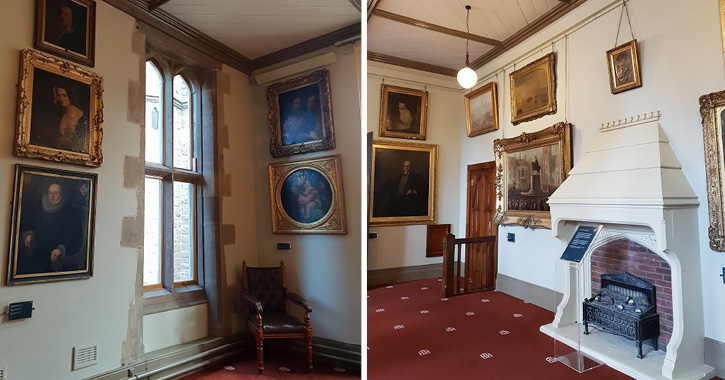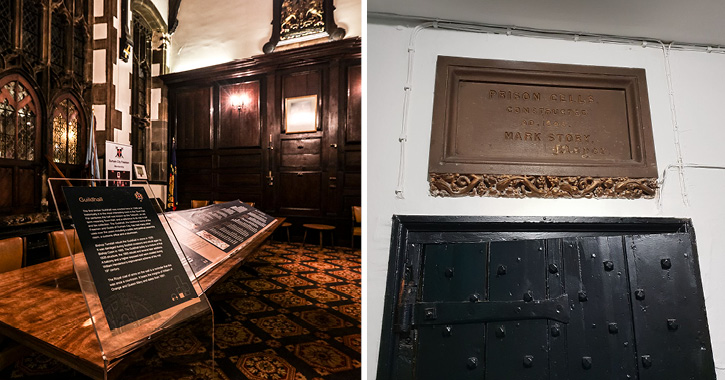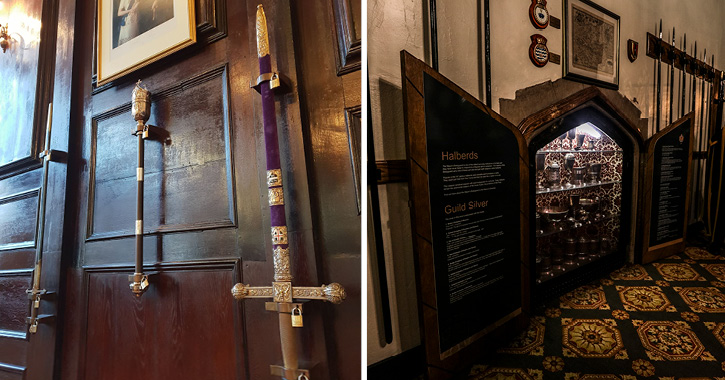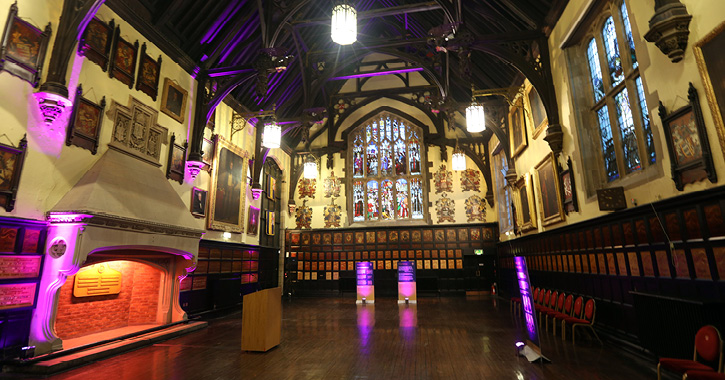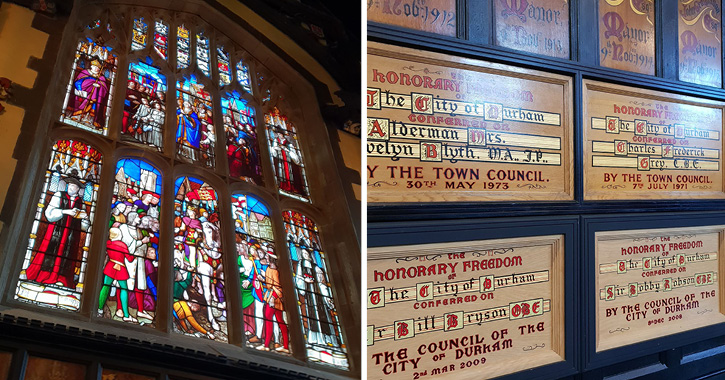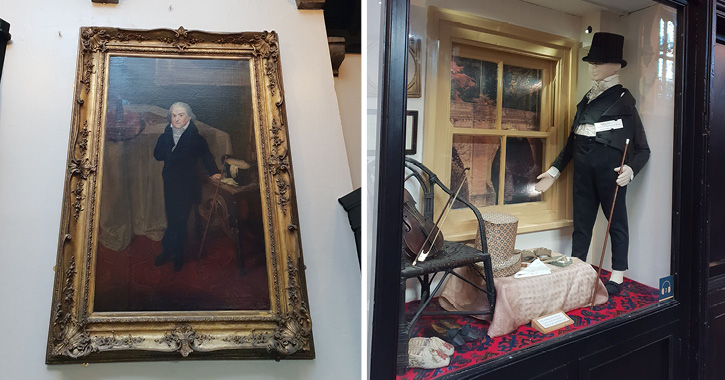For over 650 years Durham Town Hall has been at the heart of life in Durham and now visitors can discover the many fascinating stories of Durham's history within its beautiful rooms (previously closed to the public) as the Town Hall opens its doors every Saturday, 10am - 3pm. And best of all.... it's FREE to visit!
Here's some of our favourite odd and interesting facts we discovered when visiting Durham Town Hall, one of Durham's oldest and most historic buildings -
During the 19th century, the Burlison Gallery was added to the Town Hall. Named after local artist, Clement Burlison, who made a living painting views around Durham. The gallery and Town Hall display some of his finest works, including reproductions of paintings by masters such as Turner, Raphael and Titian.
The Town Hall once held prisoners awaiting trial! Travel down to the depths of the oldest part of the building and you’ll discover the darker side of the Town Hall’s history, where you’ll learn about the Town Hall’s history as a courtroom and the often grizzly nature of crime and punishment in the 1800s.
Inside the oldest part of the building – The Guildhall you’ll be able to catch a glimpse of the City’s historic silver and weapon collection which includes the civic mace and swords. The larger civic sword on display was paid for by John George Lambton in 1913 during his second term as Mayor. The sword was made by the top sword makers of the time - Wilkinson Sword Company, who you may know better today for their razor blades.
The stunning Great Hall is where the historic ceremony to swear in new Mayors known as ‘Mayor Making’ takes place. As part of the ceremony the new Mayor goes into the Market Place and distributes coins to the public. Sadly they now hand out five pence pieces and not gold coins like King Edward III.
The magnificent West Window, found in the Great Hall was designed to educate local people on three subjects – the relationship between Prince Bishops and the city, Durham Cathedral and the people and Durham’s loyalty to the Crown.
Around the lower part of the Great Hall you’ll find small wooden plaques which commemorate individuals or groups awarded the Honorary Freedom of the City – the highest honour a local council can award. On the plaques you can spot Bishop Desmond Tutu, author Bill Bryson and football manager Sir Bobby Robson.
Joseph Boruwlaski, was one of Durham's most famous and beloved celebrities of the nineteeth century. Standing at just 99cm high, the Polish dwarf also known as the 'Little Count' lived in Durham for almost 40 years and was well known for his story telling, dancing and musical performances. He died, aged 98 and is buried at Durham Cathedral beneath a slab marked with his initials JB.
Durham Town Hall is open every Saturday, 10am – 3pm with no admission charge and can be found in the heart of Durham City in the Market Place.
You’ll be able to discover lots more fascinating stories and facts when visiting with audio guides, interactive information points and short films displays.
Related
Comments
Comments are disabled for this post.



 to add an item to your Itinerary basket.
to add an item to your Itinerary basket.
.png)


